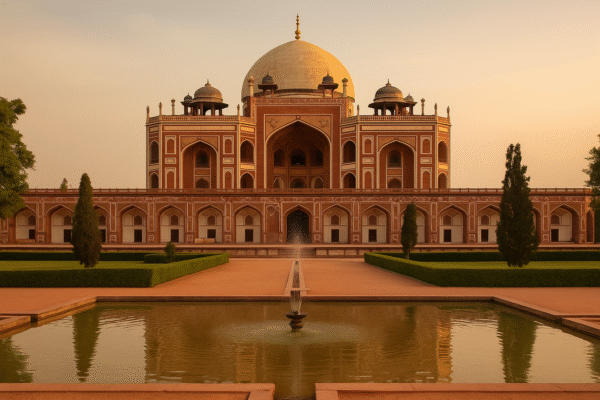New Delhi, August 12–13, 2025 — India’s tourism and hospitality leaders unveiled an ambitious roadmap at the FAITH Conclave 2025, held at The Taj Palace, New Delhi, under the banner “Indian Tourism: Invincible Spirit”. The event marked a strategic pivot toward realizing Tourism Vision 2047, a transformative target to build a $3 trillion tourism economy by India’s centennial of independence.
Raising the Stakes: Bold Numbers and National Commitment
Speakers at the conclave outlined a bold target mix: attracting 100 million international visitors, facilitating 20 billion domestic trips, and generating 200 million tourism-related jobs by 2047—effectively doubling tourism’s share of India’s GDP from about 5% to 10%.
Ajeet Bajaj, Vice Chairman of FAITH, emphasized that achieving this vision demands a “whole-of-nation approach”—coordinated efforts across central and state governments, industry stakeholders, and local communities to make tourism a core pillar of India’s economic growth strategy.
Recharging the Incredible India Brand
Central to the discussion was the rejuvenation of India’s signature tourism campaign. Authorities and industry experts described Incredible India 2.0 as “the need of the hour,” calling for renewed global marketing investment—particularly to attract high-value international travelers.
Amitabh Kant, architect of the original brand, advocated for allocating ₹20,000 crore for the international rollout of Incredible India, calling the current spends “a humiliation” and stressing the need to shift away from low-value tourism toward a premium positioning. Meanwhile, a revamped Incredible India digital platform offering virtual cultural experiences and immersive destination previews was launched, signaling the modernization of promotional efforts.
Leveraging Infrastructure Schemes for Strategic Growth
The conclave reinforced the role of infrastructure-centered initiatives. The Swadesh Darshan 2.0 scheme—focused on developing thematic tourism circuits through sustainable development and strong governance—is at the heart of infrastructure planning. It emphasizes partnerships between center and state governments to improve tourist experiences, create jobs, and promote local culture and landscapes.
In parallel, other projects like the development of spiritual and cultural hubs are underway. For instance, the ₹94.44 crore Akhanda Godavari tourism project in Andhra Pradesh (under schemes like Swadesh Darshan, PRASAD, and SASCI) aims to transform Rajahmundry into a spiritual tourism epicenter, creating approximately 8,000 jobs by 2027. Additionally, ₹56.26 crore has been sanctioned for infrastructure development at the Chintpurni Devi temple in Himachal Pradesh under Swadesh Darshan 2.0.
Bringing the Informal Sector into the Formal Fold
Industry leaders also highlighted the untapped potential of India’s vast unorganised tourism workforce—guides, homestay owners, local drivers, operators—whose contributions often go unrecorded. A key priority is their formal integration via simplified registration systems, microfinance support, and inclusion in marketing initiatives. This step promises not only visibility but also safety, quality assurance, and improved livelihoods.
A Roadmap Toward 2047: Inclusive, Sustainable, and Aspirational
The National Tourism Conclave concluded with a consensus on a multi-pronged strategy:
- Policy reforms, including granting tourism infrastructure and industry status, and ensuring concurrent inclusion across states.
- Aggressive marketing, both digital and experiential, to redefine India as a premium but accessible destination.
- Investment in infrastructure, leveraging schemes like Swadesh Darshan 2.0 and PRASAD to elevate cultural, spiritual, heritage, and niche tourism circuits.
- Empowering human capital, through skill development and integration of the informal workforce.
- Collaborative governance, coordinating efforts between all stakeholders to transform tourism into an engine of economic and social growth.
This unified vision positions tourism not just as commercial activity, but as a powerful means to boost employment, preserve culture, support inclusive development, and elevate India’s global presence.
For more travel news like this, keep reading Global Travel Wire



















